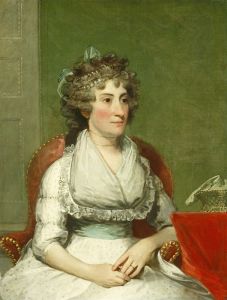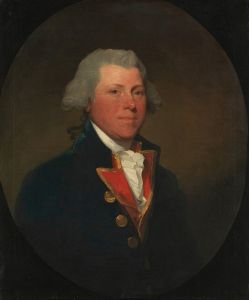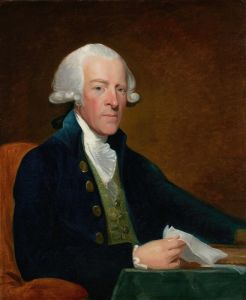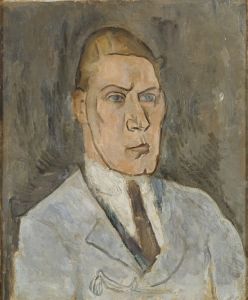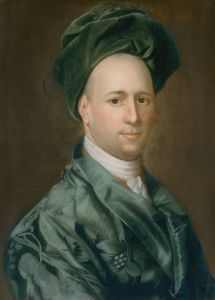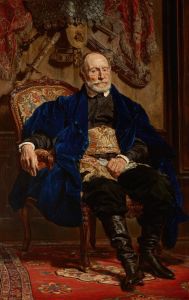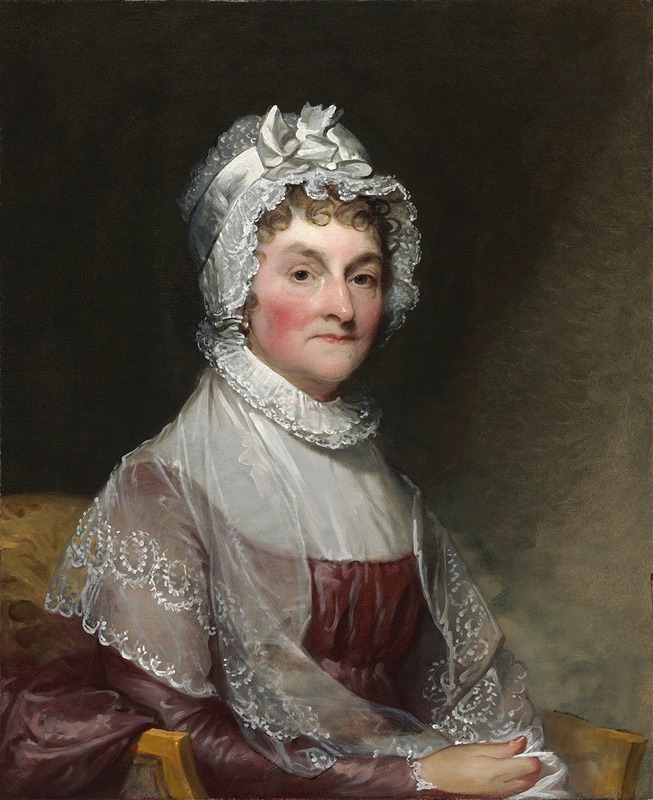
Abigail Smith Adams
A hand-painted replica of Gilbert Stuart’s masterpiece Abigail Smith Adams, meticulously crafted by professional artists to capture the true essence of the original. Each piece is created with museum-quality canvas and rare mineral pigments, carefully painted by experienced artists with delicate brushstrokes and rich, layered colors to perfectly recreate the texture of the original artwork. Unlike machine-printed reproductions, this hand-painted version brings the painting to life, infused with the artist’s emotions and skill in every stroke. Whether for personal collection or home decoration, it instantly elevates the artistic atmosphere of any space.
The portrait "Abigail Smith Adams" by Gilbert Stuart is a depiction of Abigail Adams, the wife of John Adams, the second President of the United States, and the mother of John Quincy Adams, the sixth President. Abigail Adams is widely recognized as one of the most influential women of her time, known for her intellect, advocacy for women's rights, and extensive correspondence that provides valuable insights into the political and social climate of the late 18th and early 19th centuries.
Gilbert Stuart, the artist behind this portrait, was one of the most prominent American portrait painters of the era. He is best known for his iconic portraits of George Washington, including the unfinished "Athenaeum Portrait," which appears on the U.S. one-dollar bill. Stuart's work is characterized by its attention to detail, lifelike representation, and ability to capture the personality and status of his subjects.
The exact date of the "Abigail Smith Adams" portrait is not definitively documented, but it is believed to have been painted during the early 19th century, around the time Stuart was actively producing portraits of prominent American figures. The painting is an oil-on-canvas work, a medium Stuart frequently used for its durability and ability to render fine details and textures.
In this portrait, Abigail Adams is depicted with a composed and dignified expression, reflecting her status as a respected figure in American history. Her attire and hairstyle are consistent with the fashion of the period, emphasizing her role as a woman of refinement and social standing. Stuart's skillful use of light and shadow enhances the three-dimensional quality of the portrait, bringing a sense of realism to the depiction.
The painting is part of the collection of the National Gallery of Art in Washington, D.C., where it is preserved and displayed as an important representation of early American portraiture. It serves as a testament to both Abigail Adams' enduring legacy and Gilbert Stuart's mastery as a portrait artist.
This portrait is significant not only for its artistic merit but also for its historical value, as it immortalizes one of the most prominent women in American history. Abigail Adams' contributions to the early United States, particularly her advocacy for education and women's rights, continue to be celebrated, and this portrait remains a visual reminder of her impact.









